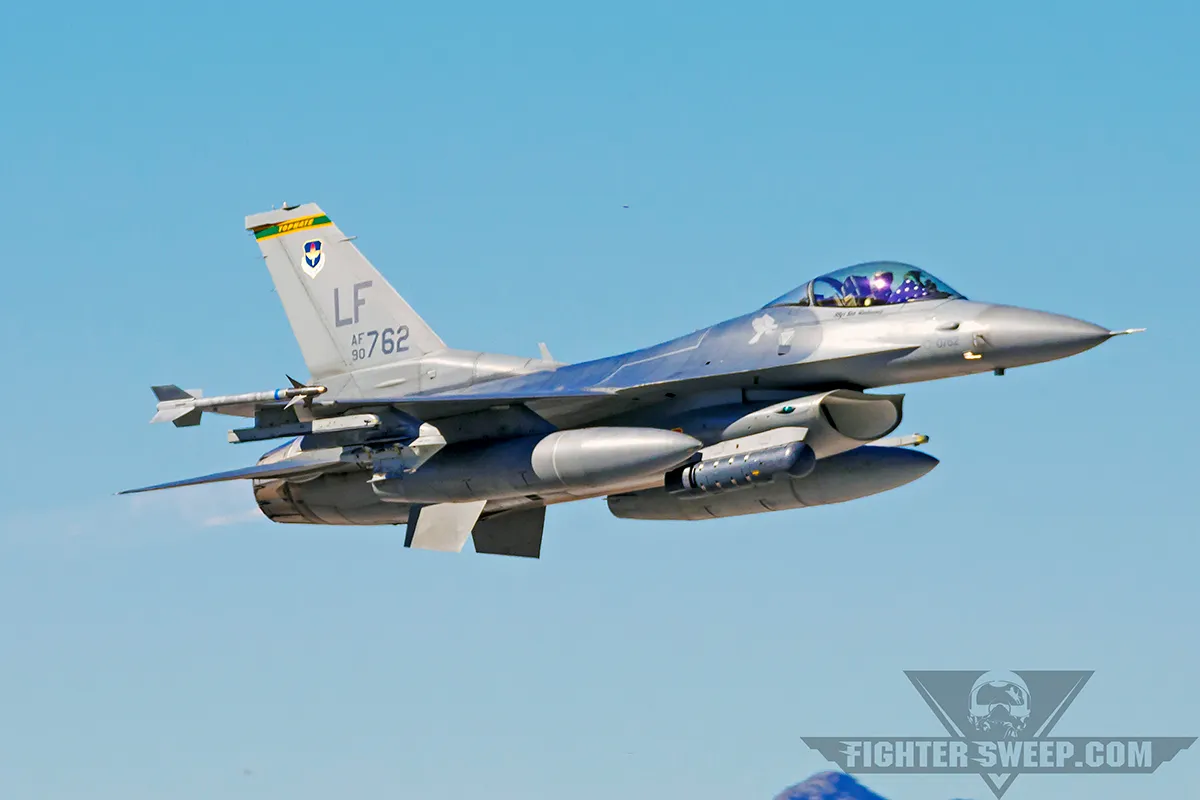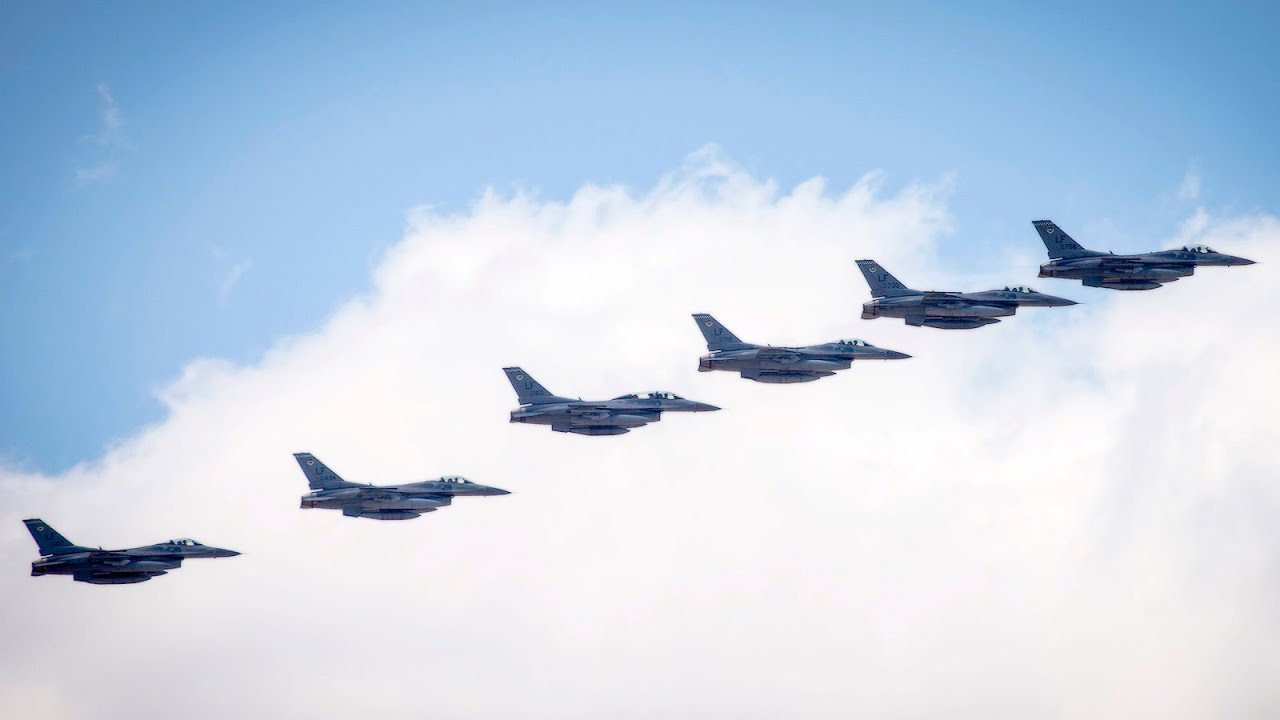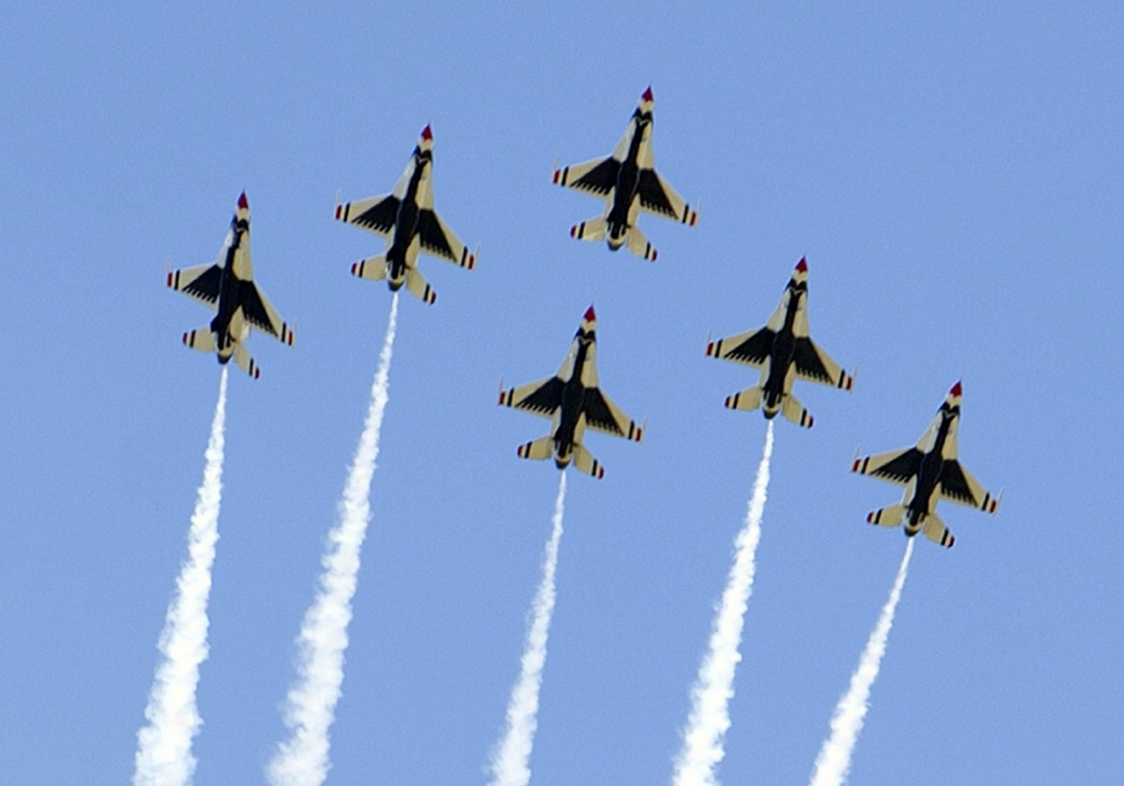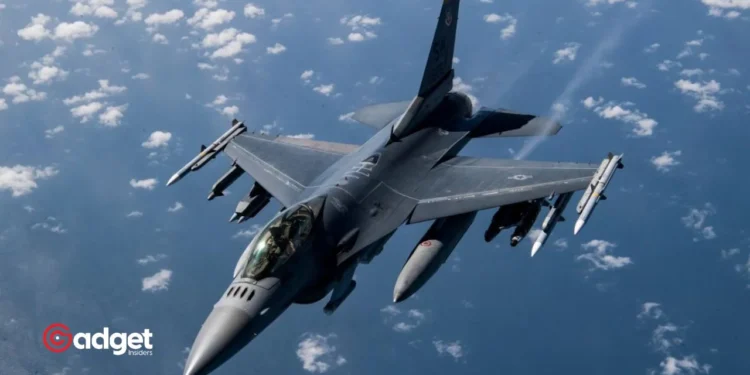On a clear Tuesday afternoon, a significant event occurred near the Holloman Air Force Base in New Mexico, involving a U.S. Air Force F-16 Fighting Falcon. At approximately 1:50 p.m. ET, the fighter jet, which was under the assignment of the 49th Wing, experienced a crash near the city of Alamogordo, just a stone’s throw from the picturesque expanse of White Sands National Park.

The sequence of events following the fighter jet crash was a testament to the swift protocols of military emergency response. The pilot, demonstrating quick reflexes and training, ejected safely from the aircraft and was subsequently transported by ambulance to receive medical care.
The urgency and precision of the evacuation efforts underscore the high standards of safety and readiness maintained by the Air Force personnel.
Fighter Jet: Emergency Response and Safety Measures
In the wake of the fighter jet crash, the Air Force issued a directive for all non-emergency personnel to steer clear of the crash vicinity. This cautionary measure was advised to mitigate the risks associated with potential exposure to hazardous chemicals reported to be on board the aircraft.
The area surrounding White Sands National Park saw an influx of emergency response teams, who accessed the site via the main entrance road to the national park. Although the park remained open to visitors, certain areas were cordoned off to facilitate the emergency operations without civilian interference.
An U.S. Air Force F-16 Fighting Falcon assigned to the 49th Wing crashed west of Holloman Air Force base Tuesday morning, April 30 near White Sands National Park, New Mexico.
The pilot managed to eject successfully and has been taken to hospital with minor injuries.
Emergency… pic.twitter.com/NdyRlMXyRg
— FL360aero (@fl360aero) April 30, 2024
Investigation and Ongoing Safety Concerns
The incident prompted an immediate investigation by Holloman Air Force Base authorities to ascertain the underlying cause of the fighter jet crash. This investigative move is a routine yet critical part of handling such incidents, aimed at preventing future occurrences and enhancing the overall safety of military aviation operations.
The proximity of the crash site to the U.S. Army White Sands Missile Range adds a layer of complexity to the security and operational protocols in the region. The missile range, a pivotal site for the U.S. military since 1941, plays a crucial role in the testing and training of military equipment and personnel, further underscoring the significance of maintaining stringent safety measures.

Broader Implications for Military Preparedness
The F-16 Fighting Falcon, a stalwart in the U.S. military’s arsenal since 1979, is renowned for its versatility and reliability across various combat scenarios. Manufactured by Lockheed Martin, this fourth-generation fighter jet has been a cornerstone of air defense for the U.S. and allied nations, proving its mettle in numerous international deployments.
Recent developments have seen the acceleration of F-16 deliveries to Ukraine by the Belgian government, highlighting the aircraft’s continued relevance in global military strategy.
The incident in New Mexico, while isolated, serves as a reminder of the inherent risks associated with operating such advanced military machinery and the constant need for vigilance and adaptation in training and operational procedures.

As the investigation into the F-16 crash near Holloman Air Force Base continues, the incident provides crucial insights into the robustness of military response protocols and the ongoing commitment to safety and preparedness.
The community’s response, coupled with the proactive measures taken by military personnel, underscores a unified effort to maintain security and readiness in the face of unforeseen challenges.
The lessons learned from this fighter jet crash will undoubtedly contribute to the evolving strategies of Air Force operations both domestically and internationally.










